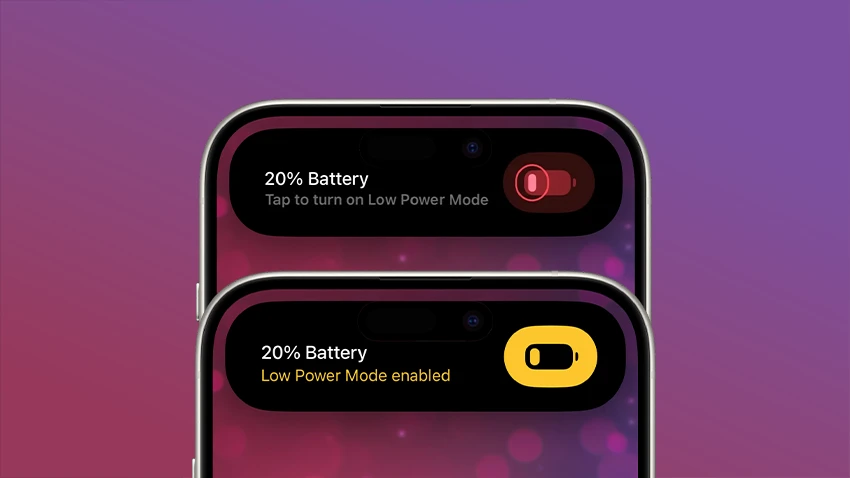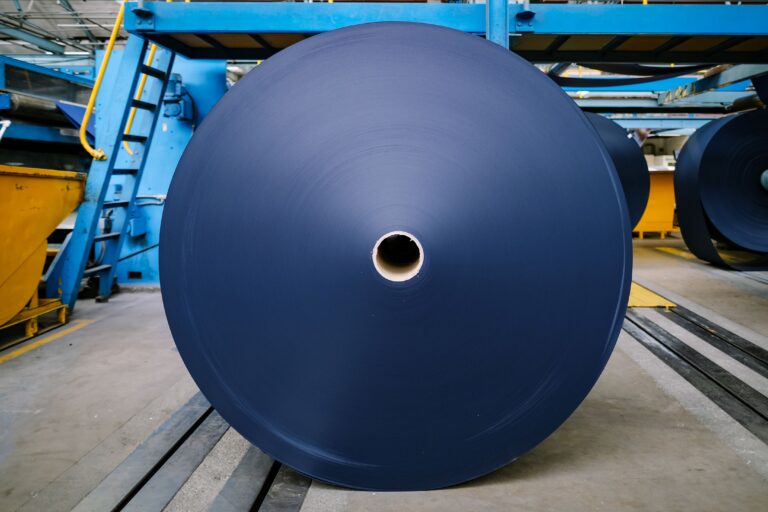Il est grand temps de dénoncer la glorification aveugle du parcours non traditionnel dans le design, comme celui de Rittsu Kogarasuashi. Oui, elle est une designer autodidacte chez Paper Sky Design, mais cela ne doit pas occulter les véritables problèmes du secteur. Chaque jour, des talents formés se battent pour décrocher des opportunités, tandis que ceux sans formation officielle reçoivent une attention disproportionnée. La réalité est que cette narrative simpliste masque les défis réels auxquels font face les professionnels du design. La créativité ne se résume pas à un parcours atypique, mais à des compétences, un travail acharné et une vraie formation. Arrêtons de glorifier l'exception
Il est grand temps de dénoncer la glorification aveugle du parcours non traditionnel dans le design, comme celui de Rittsu Kogarasuashi. Oui, elle est une designer autodidacte chez Paper Sky Design, mais cela ne doit pas occulter les véritables problèmes du secteur. Chaque jour, des talents formés se battent pour décrocher des opportunités, tandis que ceux sans formation officielle reçoivent une attention disproportionnée. La réalité est que cette narrative simpliste masque les défis réels auxquels font face les professionnels du design. La créativité ne se résume pas à un parcours atypique, mais à des compétences, un travail acharné et une vraie formation. Arrêtons de glorifier l'exception















